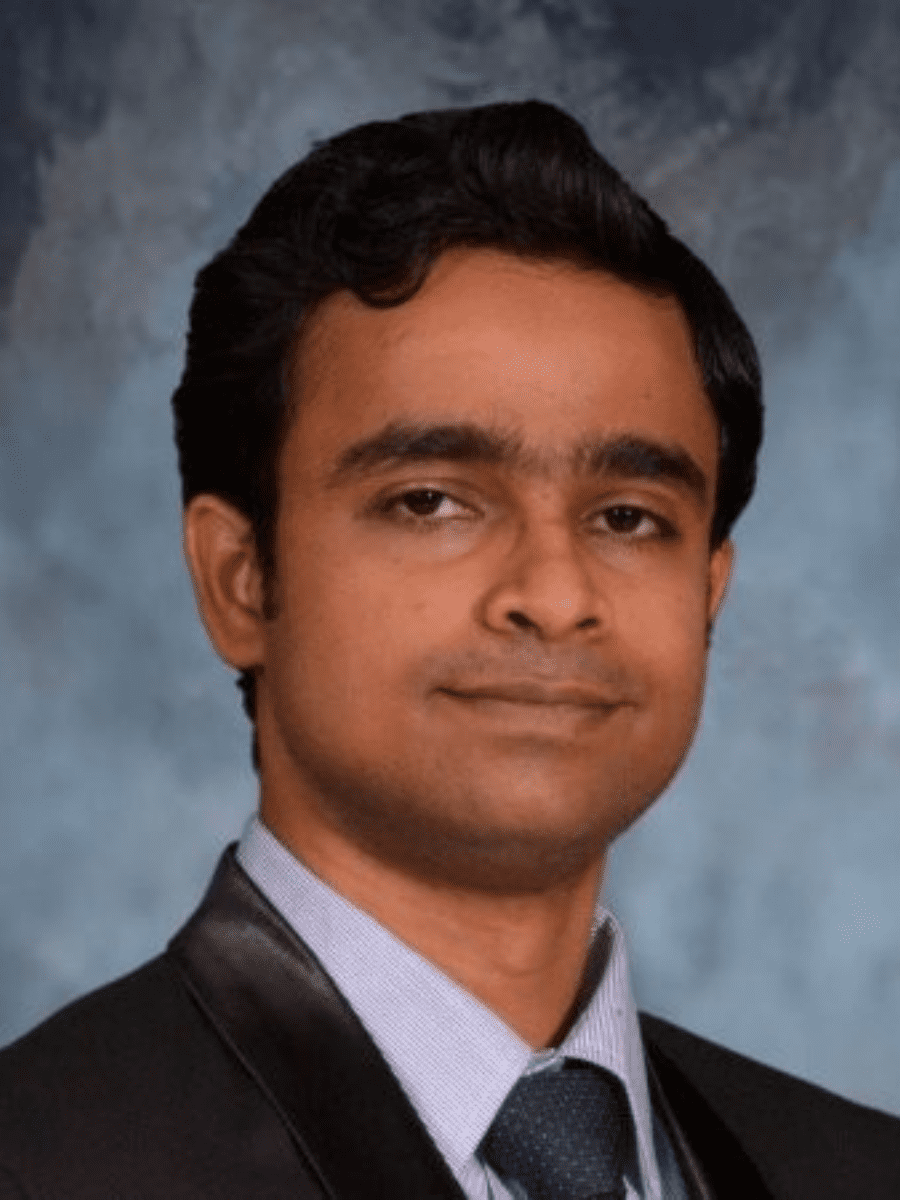Events

- This event has passed.
MICDE Seminar: Ramanathan Vishnampet, Senior Research Engineer, ExxonMobil Upstream Integrated Solutions
September 12, 2019 @ 2:30 pm - 3:30 pm
Venue: Johnson Rooms, Lurie Engineering Center, 3rd Floor LEC 3213ABC

Bio: Ramanathan Vishnampet is a Computational Data Scientist at the Global Business Lines Analytics & Optimization group at ExxonMobil Upstream Integrated Solutions. He graduated with a Ph.D. in Theoretical and Applied Mechanics from the University of Illinois at Urbana-Champaign, where his dissertation focused on an exact and consistent adjoint method for high-fidelity discretization of the compressible flow equations. Ramanathan started as a Senior Research Engineer at ExxonMobil in 2015, where he worked in the Process Stratigraphy team, an integrated team including Computational Scientists, Geoscientists, Seismic Interpreters, and Stratigraphers. He helped develop a physics-based stratigraphic model for studying deepwater stratigraphy and showed the emergence of chaotic dynamics and self-organization that limit the ability of traditional model inversion techniques to be applied to the forward model. In his current team, Ramanathan is working on a scheduling problem for ExxonMobil’s Unconventionals asset base using heuristics and discrete optimization. He is also leading his section’s efforts in adopting lean and agile software development practices, cloud-based deployment using a service architecture, and DevOps processes. Ramanathan’s hobbies include cooking, traveling, and spending time with his daughter.
Prediction under chaos using a depth-averaged model of turbidity currents
In this talk, I will demonstrate a forward stratigraphic model based on depth-averaged governing equations for the flow of submarine turbidity currents over an erodible bed. This model is being used with some success by the Process Stratigraphy team at ExxonMobil to generate stratigraphic models for deepwater environments of deposition. The mathematical model consists of a system of nonlinear hyperbolic PDEs, with an additional so-called Exner equation for modeling the flow-bed sediment exchange and their bedload transport. The Exner equation plays a key role since a (slow time scale) change in the gradient of the bed influences the (fast time scale) momentum of the flow. The transport equations, along with closure models for sediment transport, TKE balance, and water entrainment, are solved using a first-order finite-volume method with a HLLC approximate Riemann solver and integrated using an explicit Euler scheme. The model shows the emergence of self-organized patterns in the deposits, including the creation of bedforms, channel formation, and avulsions, consistent with observations of modern systems and lab experiments. These occur even with uniform boundary conditions and symmetric initial conditions. The initial disturbances that trigger these mechanisms are ostensibly sourced by floating-point roundoff errors. An ensemble of simulations with slightly different initial conditions are used to analyze statistics on shapes of geomorphic elements and grain size distributions. The objective is to assess whether and under what conditions such a numerical model can be predictive and quantify the uncertainty in the results arising due to the irreducible chaos in the dynamical system.
Dr. Vishnampet is being hosted by Prof. Capecelatro (ME). If you would like to meet with him during his visit, please send an email to micde-events@umich.edu.